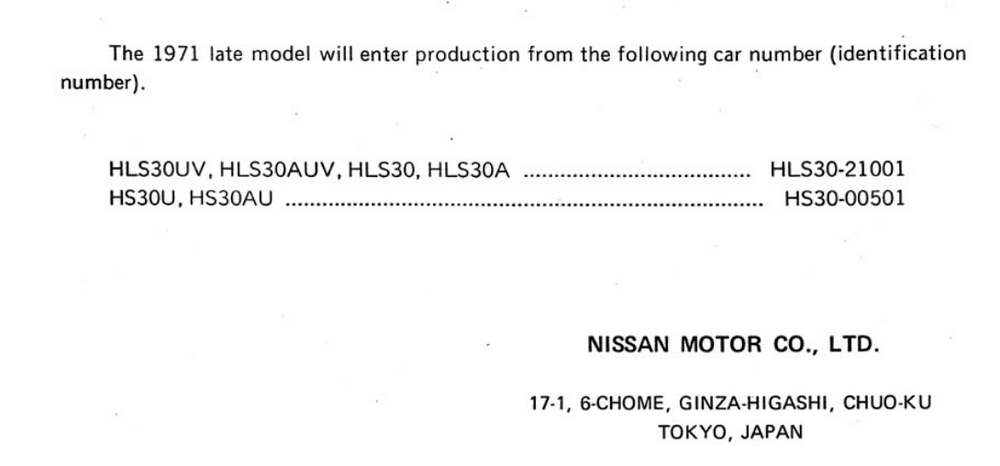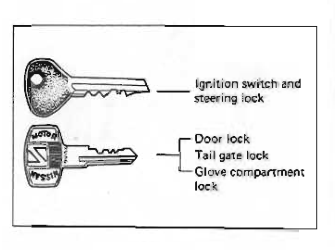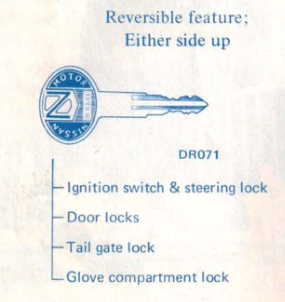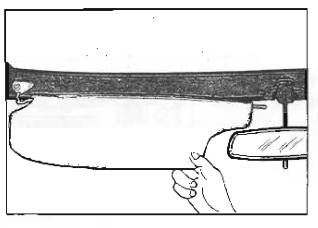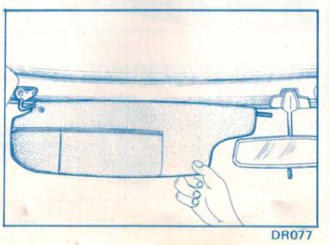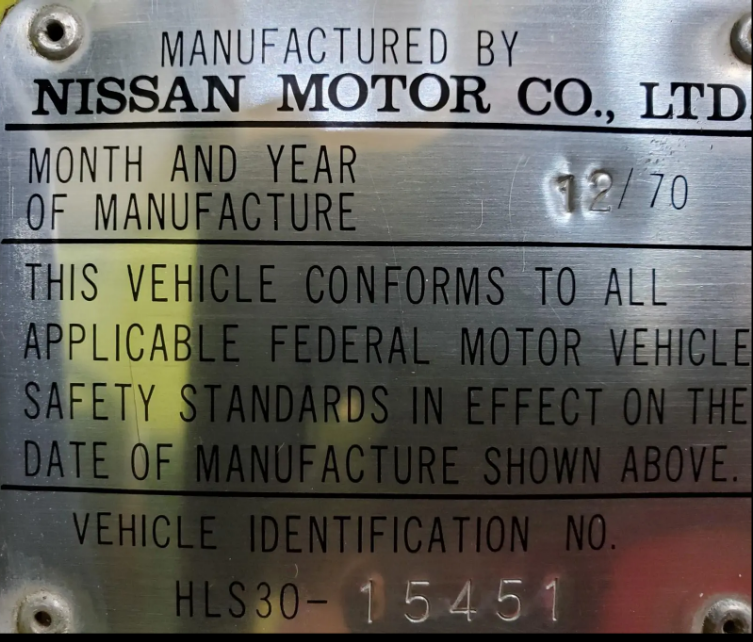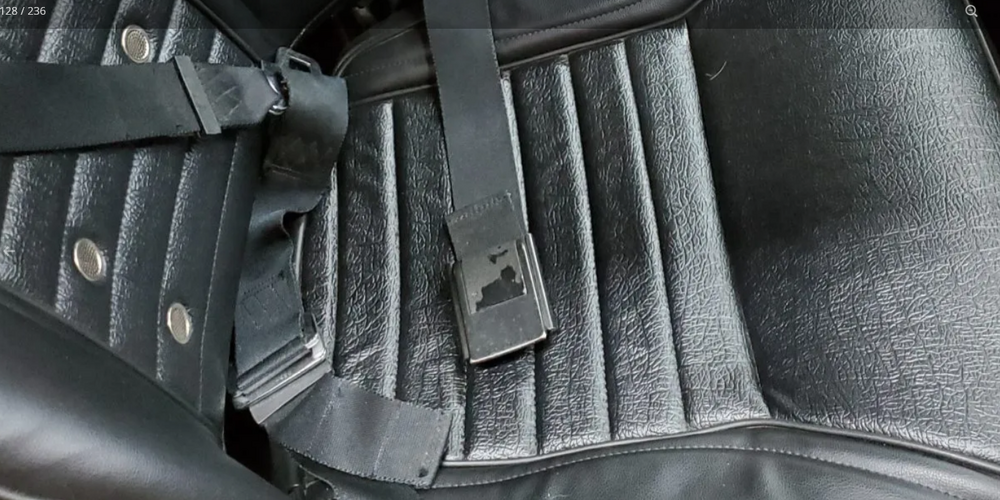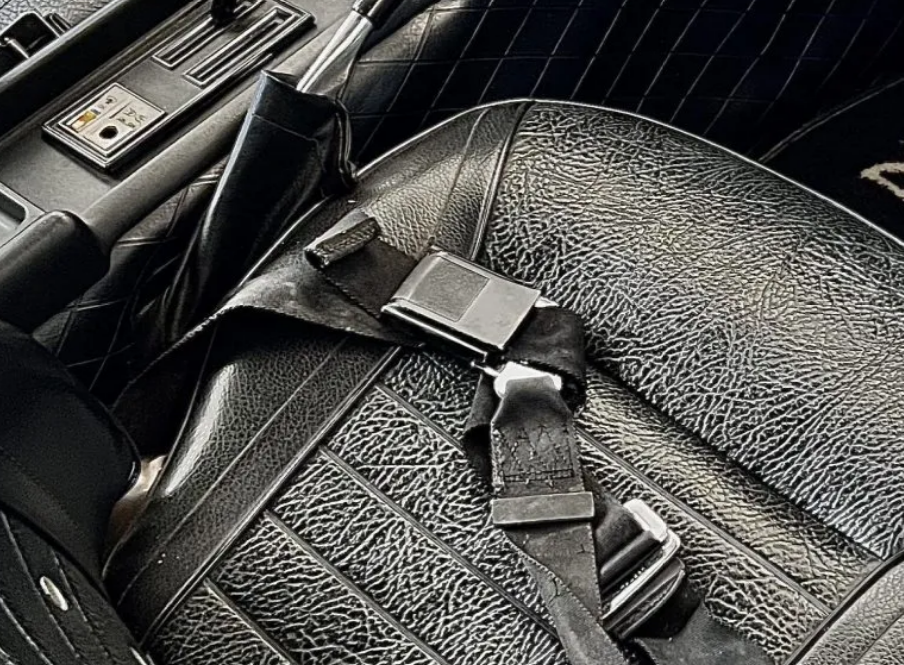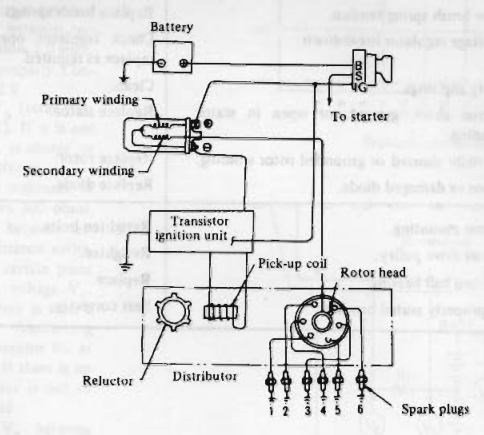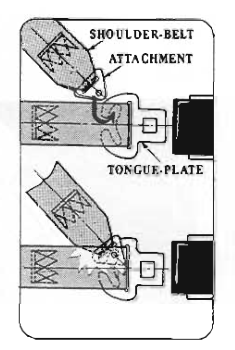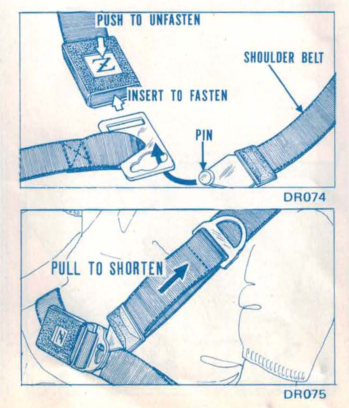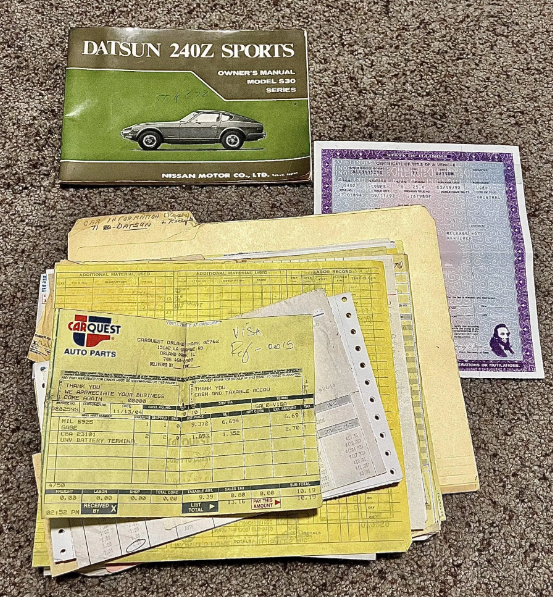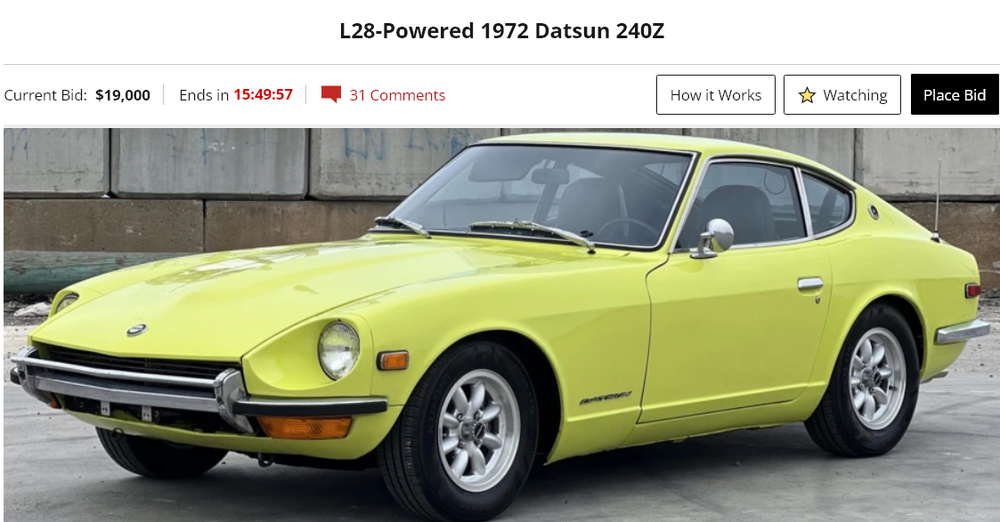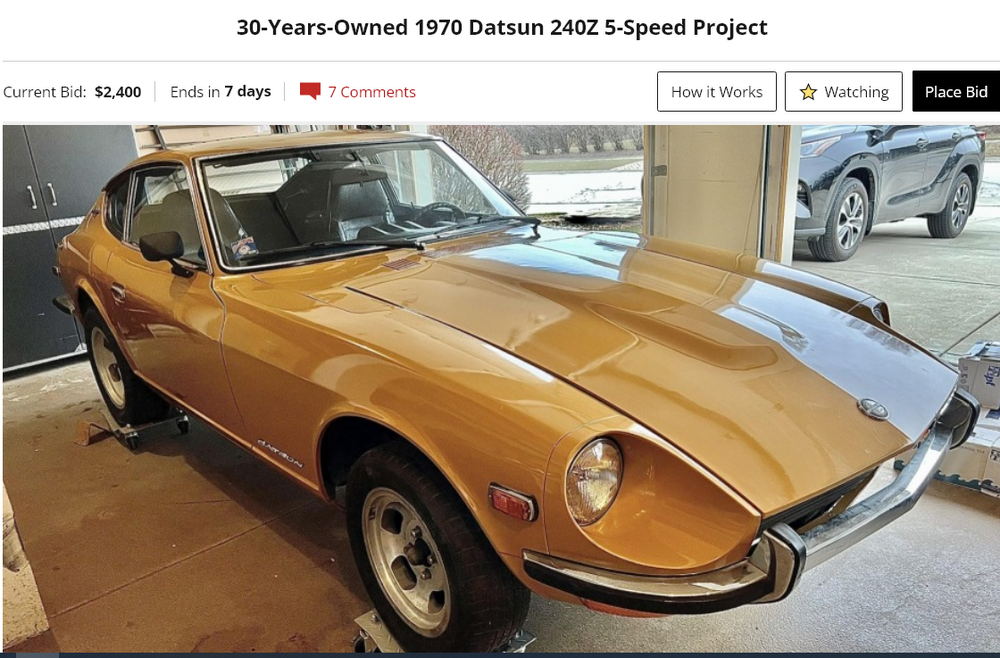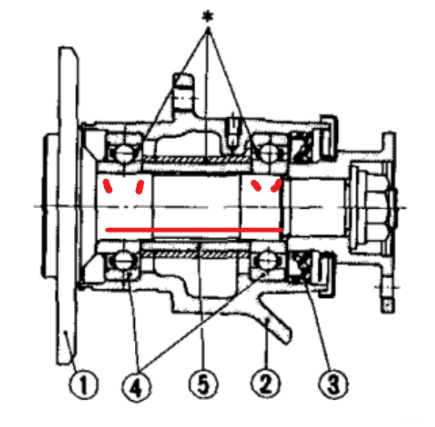Everything posted by Zed Head
-
Whitehead Performance is closed permanently?
Even that link you posted isn't working. It's a shame that they kept taking people's money for so long. I wonder how many people will get screwed. https://whiteheadperformance.com/
-
Parts Wanted: 280z Stub Axle and Companion Flange
Bad? It's terrible. You really should put your car details in a signature. It's PITA to search around to confirm what people are talking about. Your 280Z should not have replaceable u-joints. Those clips holding the caps in should not be there, they're not even Nissan style. That is an aftermarket shaft or somebody has modified the staked shaft that came with the car. Might be why the u-joint failed and it might still have a vibration after you install new joints. I'd get a new shaft or a used 280Z shaft. Watch out for 1975 shafts, they're different.
-
Z's on BAT and other places collection
I should rephrase the question as "what did Nissan change on the 240Z when they started selling them as 1971 models?". So far, everything seems to show that the cars stayed the same until HLS30-21001 arrived. The "late model 240Z". That a late 1970 and an early 1971 are identical. This conversation started because the guy on BAT called his 1971 "titled" 240Z a 1970 240Z. It seems that the only difference between his car and a 1970 titled 240Z is...the title. The whole thing is not about the physical car but the ink on a piece of paper. If he didn't have the title and a person (maybe a car show judge) couldn't see the ID plates or VIN stampings, there would be no way to tell that it was titled as a 1971. It's identical to a "real" 1970 240Z. That's what I was trying to figure out. In effect, Nissan did not introduce the 1971 240Z until HLS30-21001 seems to be the conclusion. The cars sold before then were just 1971's in ink terms.
-
Z's on BAT and other places collection
For the record that is actually Carl Beck's quote from his zhome page. I copied the text.
-
Z's on BAT and other places collection
Stuff to ponder. 1. Model Year: This is a marketing term, usually it is between 8 and 12 months long and within which, a specific model is considered to be "current". In the U.S. new model introductions in the 70's could take place as much as four months ahead of the beginning of the calendar year. That is to say, the 1971 Model Year Chevy's were introduced to the public and put on sale in Sept. 1970. (in the 90's manufacturers were pushing that new car introduction to as much as 8 months ahead of the calendar).
-
Z's on BAT and other places collection
There's probably a Service Bulleting for 1974 changes too, I'd assume. You've kind of skewed my point. It's not about introducing a new model mid-year. It's about what defines the model. The basic point is, as you've shown, is that Nissan has defined a "1971" as having certain features. Different from a 1970 model. They listed all of them and defined them as "late 1971". By Nissan's own words the guy on BAT could argue that his car is actually a 1970 "model". Nissan seems to be saying that they didn't change anything until late 1971. There is no "early" 1971 240Z. Only 1970 240Z models made in early 1971. I saw your comments on zhome about when Nissan switched but it's not clear how you know that.
-
Z's on BAT and other places collection
The purpose isn't drama it's more about an understanding of what Nissan would consider a 1970 model versus a 1971 model. Way back then decisions were made about changes that they would make to the 1970 design, for the 1971 model year. Typically, flaws are removed for the new models, for example. Or, in the 70's, new emissions regulations had to be met, based on model year designation, as kats has shown above. You could also talk about "purity". A mid-1970 produced 1970 model might be more "pure" than a late year production. Maybe Nissan started introducing 1971 features before they had to. When was the last "pure" 1970 produced? Here's another feature I found in the Owner Manual. It might not even actually be a thing, I don't know. The shape of the keys. And the sun visor.
-
Z's on BAT and other places collection
Most manufacturers call out the changes in the new model year when they introduce it in their sales literature. They almost never say "it's so good we haven't changed a thing!". Does anyone have a 1971 240Z sales brochure?
-
Z's on BAT and other places collection
It's an old topic that's been examined, apparently, of course. But the BAT guy got more views probably by claiming 1970. Still has questions to answer in the comments. Here's Carl Beck from 2006. https://www.zhome.com/History/1970or1971.html
-
Z's on BAT and other places collection
So, @zspert is a 12/70 build date a 1970 model or a 1971 model? What is the difference between a 70 and a 71? That's the question.
-
Z's on BAT and other places collection
Found another 12/70 build "71" with 70 belts. What's it all mean?! https://bringatrailer.com/listing/1971-datsun-240z-218/
-
Z's on BAT and other places collection
The belts in the listing seem to be of 1970 style. The lift to unfasten lever instead of the push-button. Therefore it must be a 1970 model. The seat belt latch tells the story. Undeniable!
-
77 280z Restoration
One more small fact would be that 1978 got rid of the ballast resistor and opened up the spark plug gap. Implying that they were using current limiting technology like the GM HEI module. 74-76 used the ballast and the smaller gap. 1977 is odd though because they kept the ballast resistor but opened up the plug gap for USA models. Weird, don't understand it. Might be a typo because in the Engine Electrical chapter they show the big gap for Canada models. Engine Tuneup shows otherwise. But 1978 seems clear.
-
Z's on BAT and other places collection
What type of seat belt do you have?
-
Z's on BAT and other places collection
Here's one of those Owner Manual things. Nissan defined one as 1970 and the other as 1971, apparently. Not arguing for the sake of arguing, just trying to solve a puzzle.
-
Z's on BAT and other places collection
The answer is probably in the Owner Manuals. There is a separate one for 1971 and 1970. If the Owner Manuals are identical then the cars are probably identical. The Owner Manual features should match the car. It's really just stuff the BAT seller should have done. Sellers need to understand the potential customers. https://www.classiczcars.com/files/category/17-owner-manuals/ They show a 1970 manual but who knows where they got it.
-
Z's on BAT and other places collection
-
Z's on BAT and other places collection
That's not how things are done today. As somebody pointed out above, the model design is completed and built in the latter half of the year preceding its introduction to the market. The only question here is about what Nissan was doing in December of 1970. Are the 1970 and 1971 model year designs identical? If they are then a 1971 is a 1970. And a 1970 is a 1971...cause they're identical. If I was selling on BAT I'd just put the VIN in the title. That's what the collectors look for anyway. One of the commenters tried to place the VIN in a model year range but it's been discussed many times that the VINs could be produced out of sequence in the early years. Who knows. It's HLS3015316. The funny thing is that the error, if it is an error, generates interest. Too bad it has that huge dent in the fender. Looks like something large and heavy fell on it in the garage.
-
Z's on BAT and other places collection
Here's a good one. Ends tomorrow morning (West Coast). https://bringatrailer.com/listing/1972-datsun-240z-239/
-
Parts Wanted: 280z Stub Axle and Companion Flange
By your description you think that one of the flanges has excessive runout. You said that you think something bent when installing new bearings. The only force that could put a side load on the shaft or the flanges is the nut and washer pressing on the inner flange, pulling the parts together. The only thing resisting the force is the bearing. If you put the nut on when the parts are out of the casting it should spin right on. I'm just proposing ideas about what would cause a bend of any of those parts. Here's other thoughts though - the half-shaft is not properly seated on the centering ring. Or the half-shaft itself is bent or binding. Or the differential is damaged. There are a lot of moving parts back there. Can't really tell because all you have are impressions from driving. Sometimes it helps to just lift the car, throw a cushion under it, crawl under there, and take a good look at things as you spin them. Grab things and shake them, see if anything is loose.
-
Z's on BAT and other places collection
-
Parts Wanted: 280z Stub Axle and Companion Flange
Your description sounds more like the bearing is not seating properly in the strut casting. The bearing is cokced. Or the "distance piece" is distorted which also would cause a cokced bearing. There are several surfaces you can examine and measure to find out what's not right. You'll have to take it apart though. When those 5 parts clamp together they basically form a solid tube though the hub. The two inner bearing races and the distance piece are the tube, and the flanges are the clamping surfaces. The outer races get pulled along by the balls and inner race.
-
Time to replace the rear suspension bushings in the 260Z
There's always the hands off the wheel test. Find a level road, get up to cruise speed, take your hands off the wheel - see what happens - hit the brakes - see what happens. If nothing bad happens then everything's right .
-
Parts Wanted: 280z Stub Axle and Companion Flange
@Terrapin Z The turtle man has a lot of stuff. Worth an ask.
-
Parts Wanted: 280z Stub Axle and Companion Flange
p.s. ritrebor is the seller. He's a member here. @ritrebor






